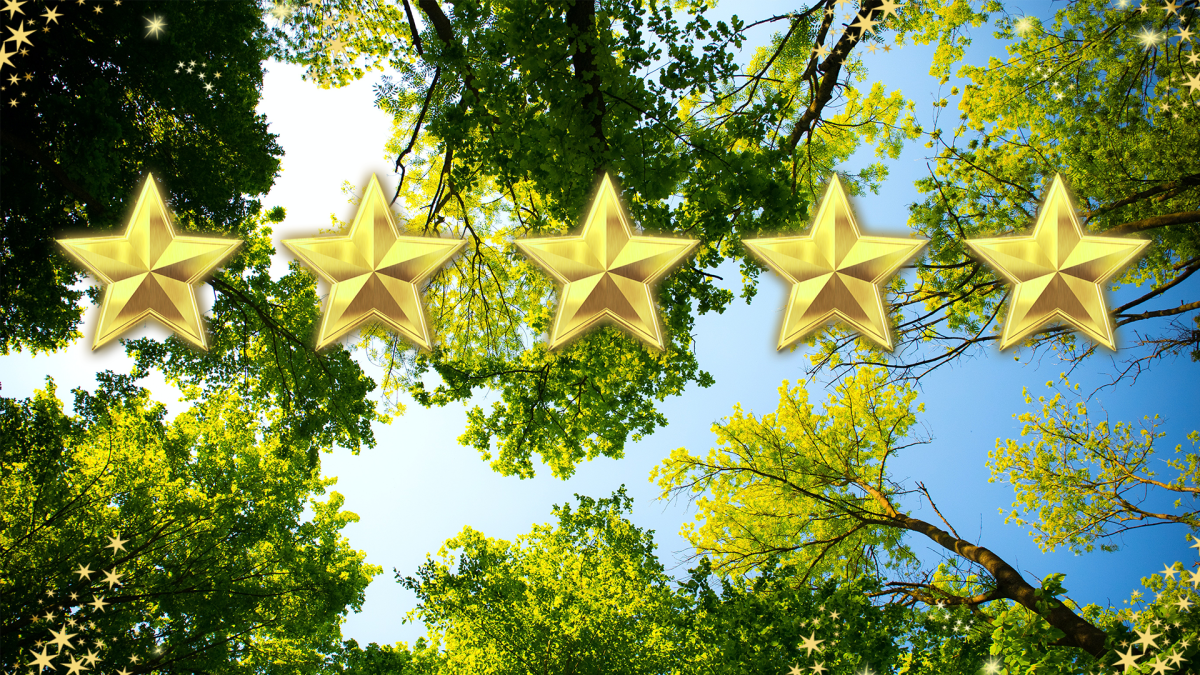This lesson is about Mars and Martian water. It introduces students to the geography of Mars and the various ices found on Mars. This is the 1st lesson in a 2-part series.
In this lesson students will learn about water filtration and how to filter simulated Martian water. Students will build water filters and use the engineering design process. This is the 2nd lesson in
In this lesson, students will learn about the history of flight and the technological advancements that led to modern aviation. Students will learn about how the study of birds and other flying
Love it, kind of like it, kind of don’t like it, or don’t like it at all are typical responses to many things…depending on what we are being asked! During this investigation, we explore together, how
Data Science Inquiry: Me and We
This engaging lesson is the 2nd lesson in a series of 2 focused on data science inquiry. Students use their My Data Portraits from Lesson 1 for data collection, analysis, presentation, reflection and
This is lesson can be used alone to introduce the engineering design process. This lesson is 1 of 2 in an Engineering and Sustainable Design Unit focused on sustainability and sports. Students learn
How can we design and engineer sports venues of the future that practice sustainability? According to the Green Sports Alliance, 17% of the world's population follows science but about 80% follow
This is a multiple-day lesson plan based on Newton's 3 Laws of Motion. Students begin the lesson by collecting data observing coins moving across a table. After making the observations, students will
This lesson provides opportunity to our students to apply their knowledge in solving real world problems. The students will create a new design for a cereal box using math, art and design. They also

In this hands-on lesson, students will be challenged to complete an obstacle course with a Sphero/RVR/Edison through coding. Students will be given a task list to complete and will be timed. Math
Unleash creativity with drones and coding! Explore the exciting world of block coding and its application in drone technology.
Empower with solar, motors & wireless! Unravel renewable energy, motor tech & wireless applications in an engaging STEM journey.
This lesson can be used to reinforce physical science standards, engineering design concepts, and collaboration. Students will work with a National Geographic Magnetic Marble Run to construct a basic
Within this lesson, students will present their master-planned community to a test audience and potential clients. Focus is on presenting to the client rather than reading information off the slide
This lesson is modeled after STEMAzing's lesson, "Picture Perfect Rover Cell Phone Holder”. Students will build a cell phone holder for their Edison Bot, plan a drive for the Bot to collect photos or
This hands-on lesson uses vermicomposting to apply virtually all of the science & engineering practices as well as several in math. Enough for a unit but a few stand-alone pieces can help your
Tide Pools Ecosystem: Human Impact
In this engaging lesson, students complete 2 labs to investigate and analyze how the force of gravity impacts objects. The lesson is formatted for Argument Driven Inquiry design, which means it starts
This lesson is a great way to highlight Earth's rotation in addition to its revolution. Students build a model Earth with an axis to understand the tilt in the Earth and how it is responsible for the
Do the colors of our world attract sunlight differently? In this lesson, students will use color and temperature to test and graph answers to this question. Provided are certain links to read
Featured Lesson Plans
Check out these notable lesson plans.

Ballooning Spider Phenomenon
Lesson Description: In this first-grade lesson, we will learn about the amazing world of spiders! We'll start by exploring the life cycle of a spider, from when it hatches to how it grows and changes

Pocket Creature Build Challenge
In this build challenge, students will work in teams build a small creature out of recycled materials that serves a purpose. This outstanding lesson is easily customizable to engage in various science

This is the 3rd and final lesson in a series of 3. In this 8-week project, 6th-grade students will collaborate in small groups to create eco-friendly inventions that aim to reduce their carbon


